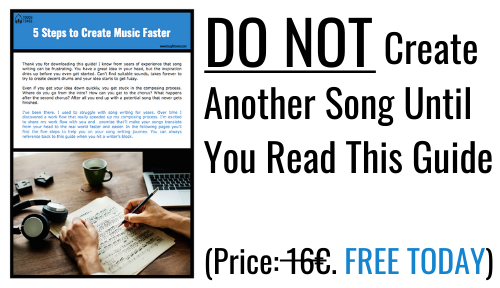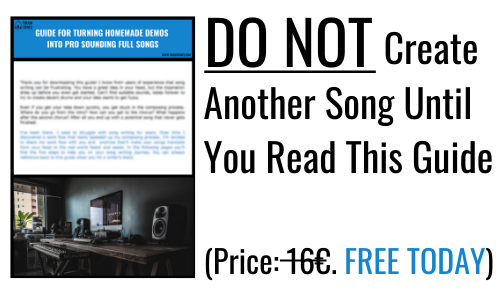Improve Mix Within Minutes: Instant Energy, Glue, Clarity and Character with Mix Bus Processing
At the very beginning of your mix – after the editing, coloring, routing and the raw balance has been done – what is the next logical step? How to improve your mix not only drastically, but also quickly within minutes? Mixing consists of small moves that add up, but if you want to boost your confidence, get results fast and jump closer to a polished commercial mix, the answer is Mix Bus Processing.
What Is Mix Bus Processing?
Basically Mix Bus processing means throwing plugins to your Master Fader. This way the plugins affect all the tracks that are going through the Master Fader. A 3 dB boost with EQ in the Master Fader means 3 dB boost to all of the tracks.
Why is it called “Mix Bus Processing” instead of “Master Fader Processing” or something similar? This is because you want to route all your tracks to a stereo bus – let’s call it “Mix Bus” – and not straight to the master fader. A normal bus (also known as an aux track) acts a little differently than the Master Fader.
The biggest difference is that in an aux track, the plugins are before the fader, and with master fader they are after the fader. It’s also more convenient to use a normal aux / bus track as your Mix Bus, that’s routed to Master Fader. This allows you to create automations for your Mix Bus for example.

Why to Use Mix Bus Processing? – Big Wins & Instant Confidence Boost
As Graham Cochrane in his blog “Recording Revolution” brilliantly pointed out, using Mix Bus processing right at the beginning of your mixing process will give you big wins and instant confidence boost.
He states that in all honesty the mixing process can be a subtle, slow, discouraging and disappointing task, because it is such as its nature. You’re shaping tracks that you already have, trying to make them sound together as good as they can, thus they are pretty small changes you’re making one by one. In the long run they add up.
This is why you can sometimes question whether you can finish the mix – or yet – finish it well. Insecurity can slowly creep in. With Mix Bus processing however, the changes can be heard right away, giving you the big wins right at the beginning.
No doubt it will boost your confidence, as you know you’re on the right track by getting the mix sound good within minutes. Graham says it is critical for him to get big wins at the beginning and for that reason he starts with Mix Bus processing.
With Mix Bus processing – no matter how tiny the move is – you can make a big difference. This is because it affects all the tracks. Once you start with that, you kick start the mix to the right direction, closer to a finished mix. The psychological boost that it gives you can’t be underestimated. You know you’re in charge of the mix and you know you’re good in this.
How to Use Mix Bus Processing?
There are a few moves, that I do each time at the beginning of my mixes: EQ, compression, saturation / harmonic exciter and maybe some stereo widening. How to use them? Let’s jump right in.
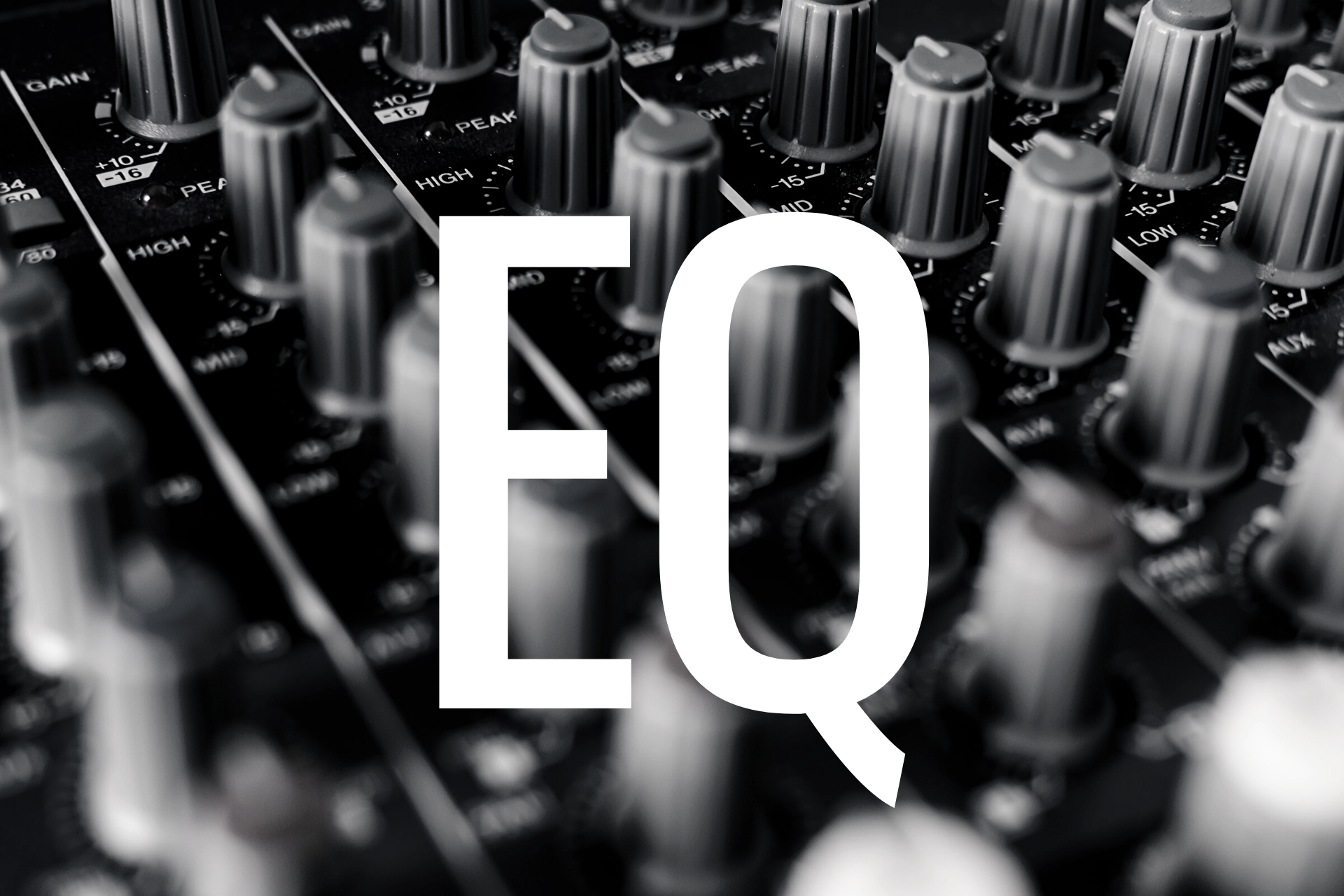
EQ
I’m slapping an EQ as the first insert in the Mix Bus. Now, there are three EQ moves that I’m doing literally every time.
One: I open the EQ and listen at my mix for a while. After that I’m comparing it to a reference track, that is from a similar genre and sounds more or less the way I want my mix to sound. I’m looking for a frequency that jumps out of my mix as “bad sounding”.
For instance, if my mix sounds a bit muddy and dark compared to the reference track, I would try to find that muddiness from my mix by boosting like crazy with a narrow Q bell curve, moving it around. When I locate the muddy frequency, I cut that down usually from 1,5 dB to 4,5 dB.
Two: As my mix was a bit dark compared to the reference, I use a high shelf boost around 8 kHz to make my mix brighter. I don’t want to over do it, so a slight boost (around 1 dB – 3 dB) is typically enough.
Three: On top of these two moves, I’m always using a low cut filter to cut all the frequencies I’m not going to even hear, but are eating the headroom anyway. These frequencies are somewhere around 30 – 40 Hz. The busier the mix and the faster the song, the more I end up cutting.
Believe or not, these three subtle moves will make a drastic change to the mix. The song will sound far better than before. Bypass the EQ to hear the changes better and remember to match the level, so you’re not making your mix just louder. The best part is, that this whole thing takes just a minute or two.
A word of caution though: Notice that you don’t want to overdo this. For better and for worse, the Mix Bus processing is a powerful tool, just be careful of cutting or boosting too much.
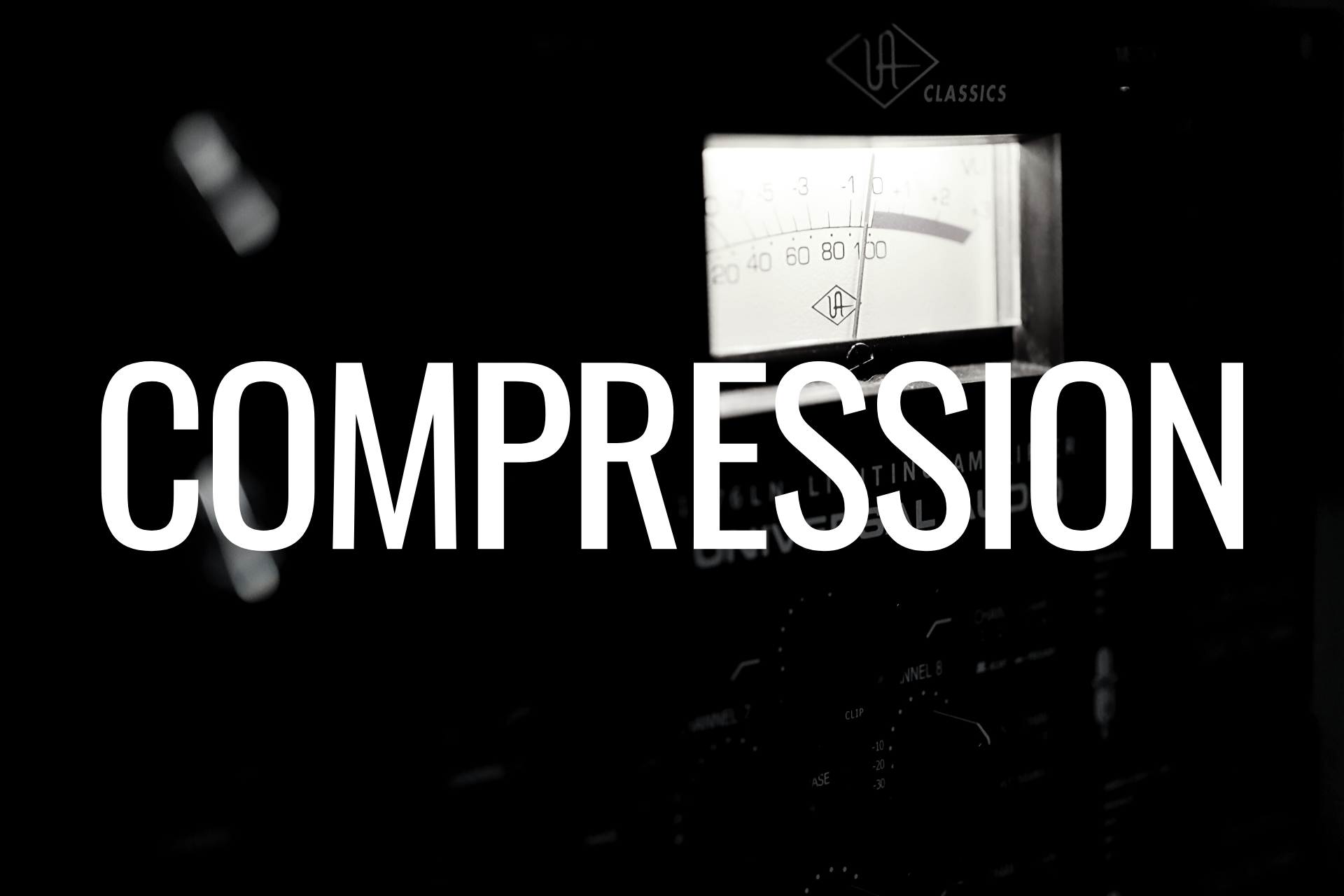
Compression
Applying compression to your Mix Bus will make your entire mix glued together, punch a little bit more and have some energy. This is just one way to use compression, and you could also do something very different, like squeezing the entire mix, if that’s what you’re looking for. I’ll do it the following way, because it gives a musical and natural outcome.
When compressing in Mix Bus, use slow attack, because it allows transients through. You’re not looking to kill the dynamics of your song. Also, use a fast release so the compression isn’t happening for long periods of time.
You’re going for a subtle compression, so a mild ratio from 1:2 to 1:4 will be fine. Look at the gain reduction meter to peak from 1 to 2 dB by adjusting threshold. and use make up gain to match the gain reduction, so your mix is at the same level as you’re not making it louder or quieter. Bypass the compressor to check the volume difference.
Compression is a great way of glueing the individual tracks together. It also adds a pleasing punch and energy to the mix without smashing it altogether. This all can be done with one compression move – and again – it doesn’t take long.
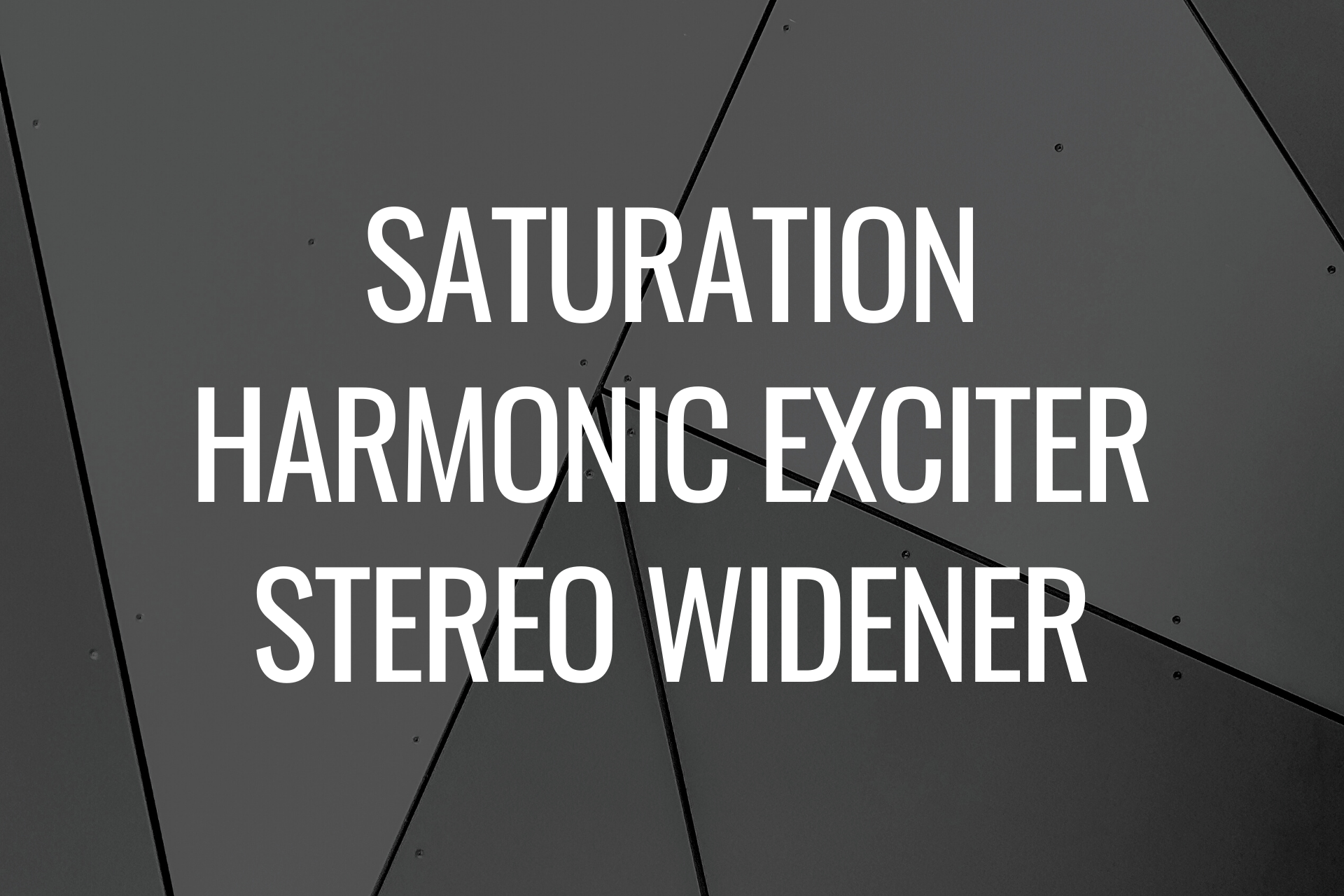
Saturation, Harmonic Exciter and Stereo Widener
These are not as necessary, but they can add that little extra that separates your mix from a commercial pro mix. Saturation and harmonic exciter can make the mix fuller, glued together and feel louder without actually making the mix any louder. They can also add depth, presence, character, colour and warmth to the overall sound.
Stereo widener will do just that: widen the stereo picture. It is a great way of making your mix sound wider than it actually is. Using too much of it will make parts of the mix lost in mono, so just remember to check that.
When analog tapes, transistors and tubes were used for recording, they had a quality that subtly distorted the sound, giving it a nice colour and warmth. Today most of us use digital workstation, such as computer + audio interface, where the analog sound is transformed into zeros and ones, a.k.a. digital.
Saturation and harmonic exciter plugins are used to even up the difference between the digital and the analog world, giving the digital sound similar characteristics as analog tapes, tubes and circuits used to have.
How to use them? Just slap a saturation plugin to your Mix Bus and start cranking it up. Usually they have just one to three knobs and are easy to use. You can find some sort of gain, drive and tone knob, or a combination of them. Explore what sounds the best for your mix, you can’t really go wrong.
Can Mix Bus Processing be Used at the End of Mixing Process?
There are different schools of thought about this subject. Some like to use Mix Bus processing at the beginning, some at the end and some don’t like to use it at all. I’d say that use it when you find the need for it.
As you already know by now, it is an awesome way to get big wins early on and gain some confidence on the side. That’s why I use it at the beginning of the mixing process. However, I tend to tweak it over the course of the mixing process. As my mix changes and evolves, I might need to adjust the compression for example.
Using Mix Bus Processing at the end of the mixing process is something that I do as well. Yet again I’ll compare my mix to a professional commercial mix and I use the Mix Bus processing to even out the imbalances of the whole mix.
This might mean the use of an additional EQ to make some adjustments to the overall sound. Stereo widening is also something that I tend to do at the end of the mixing process, if I do it at all. When making a single song and not an entire album, I also insert a limiter as the final plugin in my Mix Bus and lift the volume closer to the commercial pro mix.
Summary
Hopefully this post helped you understand Mix Bus processing and the advantages of it. It is an awesome tool for instant impact and confidence boost, but can also be used later on in the mixing process.
In case you haven’t already tried it, start with EQ and compression. Experiment how subtle little moves take your mix to another level in no time. When you master those two, move on to saturation, harmonic exciter and stereo widening.
Thank you for reading. I’d like to ask you: Are you currently using Mix Bus processing? In which part of the mixing process? Did you have any “aha moments” when you read this post? Leave a comment below.
If you’re struggling to translate songs from your head to the real world, you’re stuck in a composing process or you’re suffering from writer’s block, download this PDF-guide. It’s yours for free today, no strings attached.
